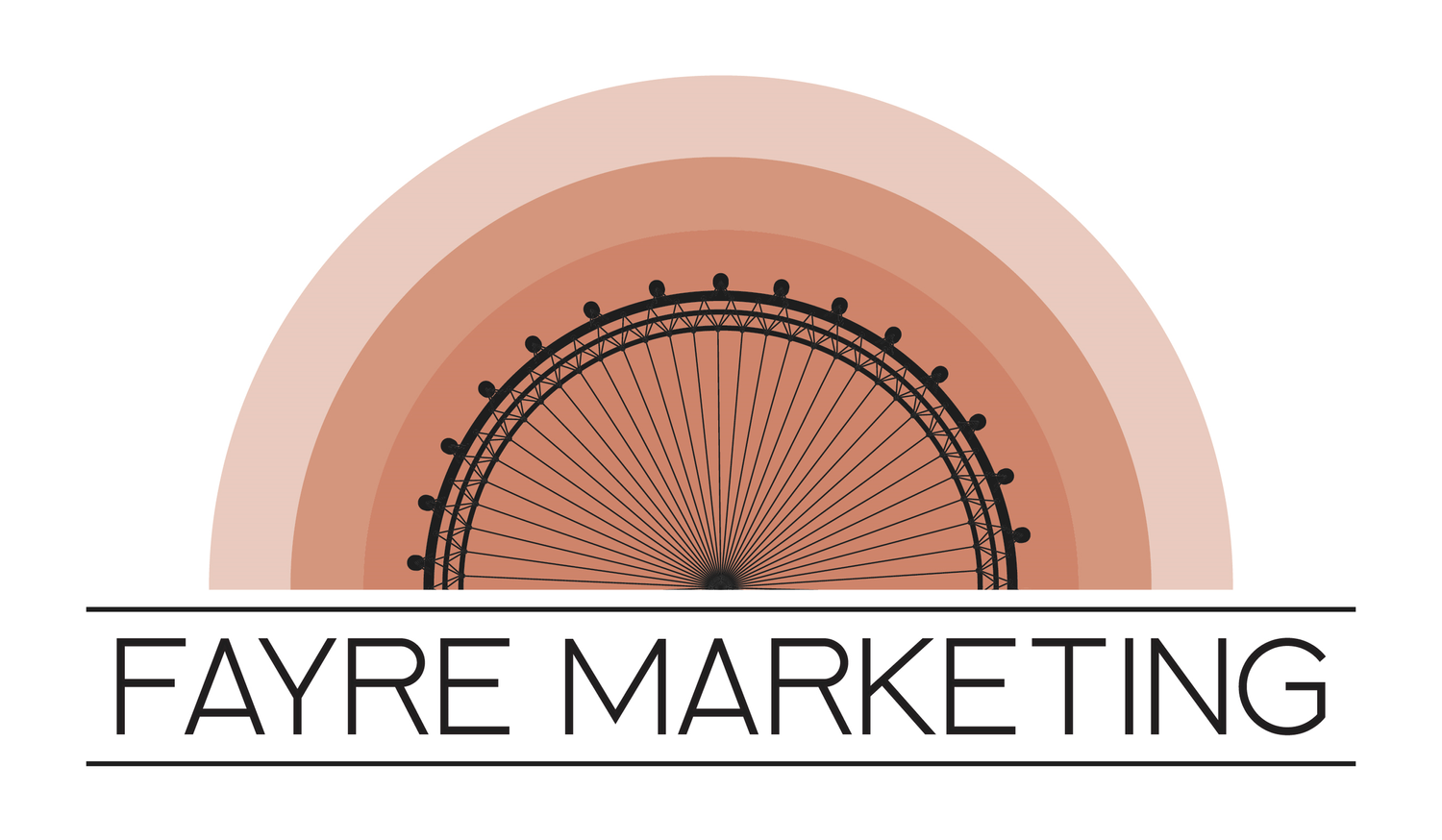The Magic of Customer Segmentation
The goal of customer segmentation is to identify groups of customers with similar characteristics and behaviors so that businesses can tailor their marketing strategies, product offerings, and customer experiences to better meet the needs of each segment. These criteria can include demographics, behaviors, needs, preferences, and other relevant factors. With that, you can approach each group differently, so you can give them exactly what they want and need.
At Fayre Marketing, we work with clients to segment their prospects and customers in order to improve marketing moments with the following:
1. Personalization: When companies know what makes each group of customers tick, they can personalize their marketing and products. It's like speaking directly to each person, and that makes them feel special and connected to the brand.
2. Targeted Marketing: Instead of shooting in the dark with generic marketing, you can focus on specific groups. That's not only cost-effective but also increases the chances of reaching the right people with the right message.
3. Smart Resource Allocation: You know how not all customers are the same? Well, segmenting them helps you determine which groups are the most valuable. Then, you invest your time and money where it matters most.
4. Better Products: By understanding what each group of customers really wants, companies can identify product enhancements and ensure their offerings align with customer needs.
5. Exploring New Markets: Segmentation can reveal untapped opportunities. Perhaps there are under-served areas that have a new use case for your service or product.
6. Great Communication: You know how some companies just get you? Well, that's because they understand their customers. By using segmentation, businesses can speak the language of each group and build stronger relationships.
How do you get started? At Fayre Marketing, this is the path we follow with clients:
Focus on just 4 or 5 key segments to start. Otherwise, you’ll spend too much time operationalizing your campaigns and the smaller your cohorts, the harder it will be to analyze any meaningful performance data.
Begin with the most common customer segmentation approaches including:
Industry
Demographics or firmographics
Product ownership
Stage in the customer journey
Geography
Research each segment to understand what value resonates with them, how offers might differ by segment, which channels are best to reach them, and what needs exist that you can meet.
Identify the key campaigns each segment qualifies for and how you’ll personalize the campaigns for each cohort. For example,
A retail provider will receive information about how your service benefits their customers. For a lawyer, you would have different creative and different features that benefits his or her clients.
A family household will likely have different needs than a single person just out of college. Tailor your message and graphics to appeal to these different demographics as well as target them via different marketing channels.
Finally, test and learn. Determine the KPIs and key metrics for your campaign success, and watch to see which segments are performing. If not, you may need to go back to the drawing board and re-consider your value prop for that audience. Or it might be time to de-prioritize that segment altogether.
Customer segmentation is all about knowing your customers inside out and delivering experiences that make them come back for more. Reach out to us to learn more.

